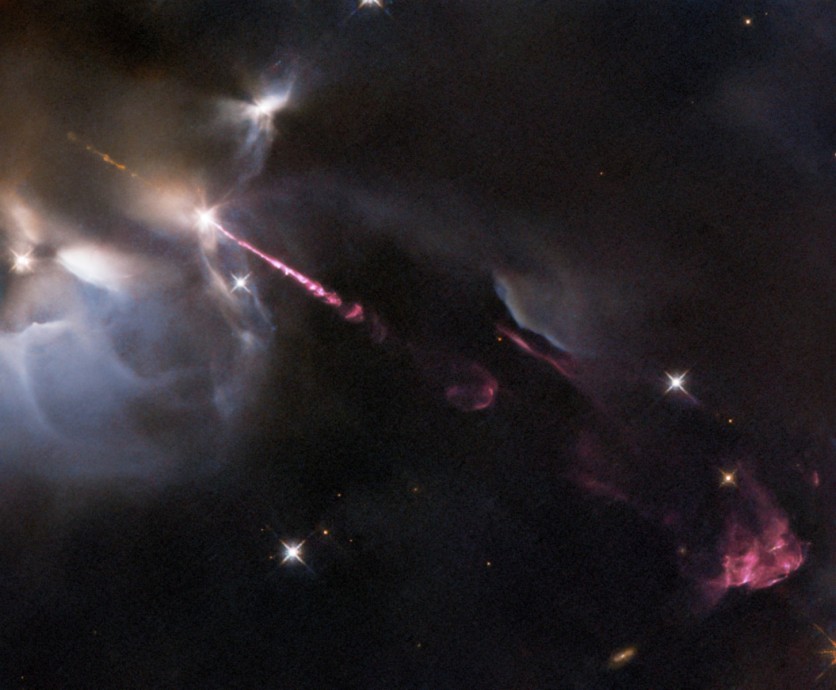Gaia is the European Space Agency's program to produce the most precise and comprehensive multi-dimensional atlas of the Milky Way galaxy. This enables scientists to rebuild the structure and history of our home galaxy over billions of years, as well as get a deeper understanding of the lifecycle of stars and our location in the cosmos.
But after releasing its data, the space probe found some strange starquakes occurring in our galaxy. What could these quakes mean?

Weird Starquakes
One of the most striking findings from the new data is that Gaia can spot starquakes, which are minuscule disturbances on a star's surface that modify the form of stars, something the telescope was not designed for.
Gaia has previously discovered radial oscillations, which cause stars to inflate and decrease on a regular basis while maintaining their spherical shape.
However, Gaia has recently detected other vibrations that resemble large-scale tsunamis. These nonradial oscillations alter a star's global form, making them more difficult to identify.
In thousands of stars, Gaia discovered intense nonradial starquakes. Gaia also discovered vibrations in stars that had never been seen before. According to current theory, these stars can not have any quakes. However, Gaia identified them on their surface.
Starquakes, as noted by Conny Aerts of KU Leuven in Belgium, a Gaia collaborator, teach us a lot about stars, particularly their internal workings, and Gaia's recent discovery is creating a jackpot for giant star 'asteroseismology.'
Read also : Stars Generate Key Ingredient of Life Found in Humans - Scientists Tried Cooking this Ingredient!
Galaxy's Chemical Map
How stars are formed can reveal to us about their birthplaces and subsequent journeys, and hence about the Milky Way's history. Gaia is presenting the galaxy's biggest chemical map related to 3D movements, from our solar neighborhood to smaller galaxies encircling ours, with the recent data release.
According to Phys.Org, stars have a higher proportion of "heavy metals" than others. Only light components were generated during the Big Bang, while the rest of the heavier elements, which astronomers refer to as metals, were produced inside stars.
When stars spark their last breath, these metals are released into the interstellar medium, which is comprised of gas and dust. Metal-rich environments will result from active star development and death.
As a result, the chemical composition of a star is similar to that of its DNA, providing essential information regarding its origin.
Gaia shows that certain stars in our galaxy are comprised of primordial stuff, while others, such as our sun, are made of materials enriched by past generations of stars.
Metals are more abundant in stars closer to the galaxy's center and plane than in stars farther away. Based on their chemical composition, Gaia also discovered stars that originated in galaxies other than our own.
Related Article : Astronomers Discover a Star Brimming with 65 Elements, including Gold!
This article is owned by Tech Times
Written by Joaquin Victor Tacla
ⓒ 2025 TECHTIMES.com All rights reserved. Do not reproduce without permission.




